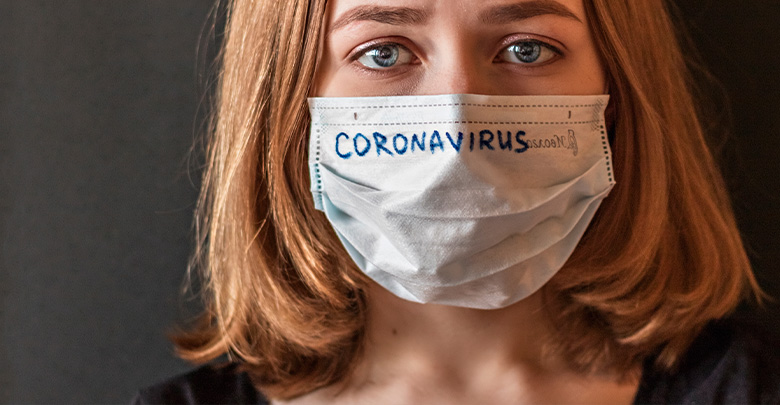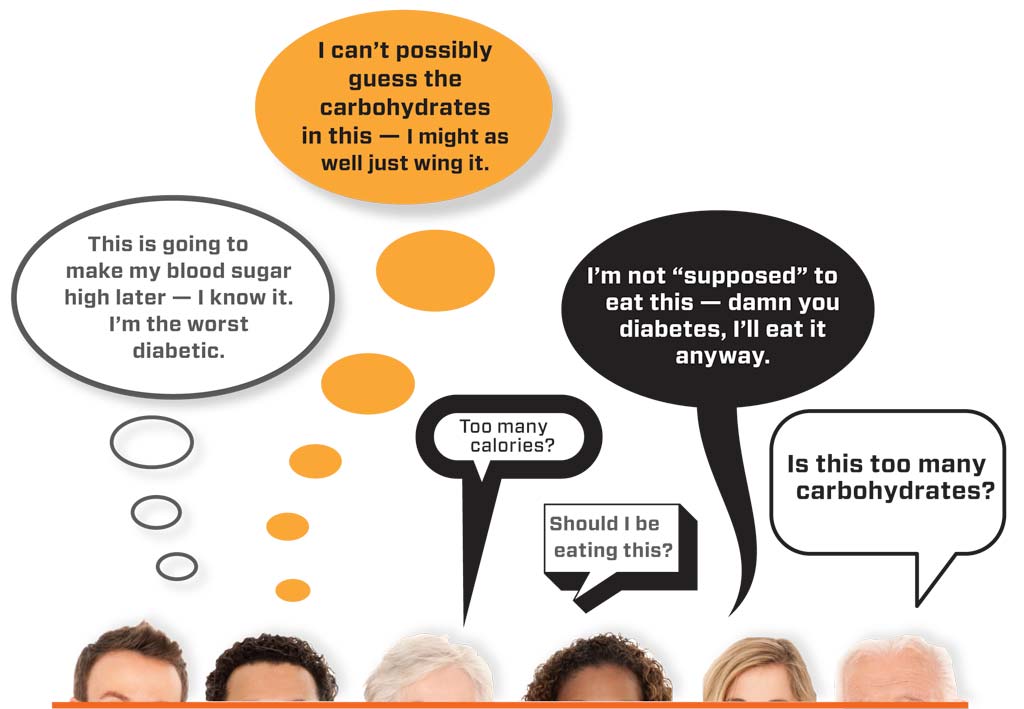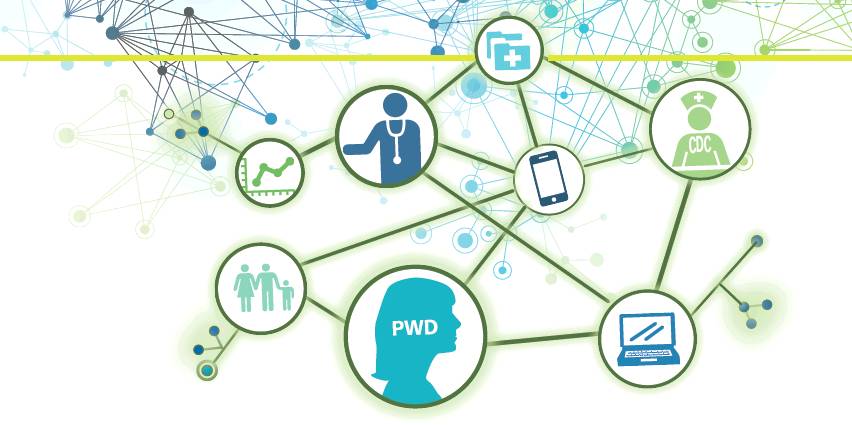Coronavirus and T1D: What You Need to Know and How to Prepare
People living with diabetes and other preexisting conditions can best prepare for the quick-spreading COVID-19 virus by doing these things

As news continues to grow concerning the spread of the novel coronavirus, COVID-19, it can be hard not to worry about your own safety. This is especially true if you are a person living with type 1 diabetes and are already at an increased risk for health problems and infection.
But before you give in to the pandemic hysteria, it’s worth taking a moment to understand this new disease, why it is causing so many headlines, and how it has the potential to affect you as a person living with diabetes.
Should I Be Concerned About Coronavirus?
Whether you are reading through your Facebook feed or watching the local news, it can be hard to determine just how concerned you should be about this new coronavirus. While it is unlikely that the world will descend into some type of post-apocalyptic dystopia anytime soon, it’s also not a great idea to take this recent outbreak too lightly.
So just how bad is it?
Current statistics put the death rate for COVID-19 at around 2.3%. To put this in perspective, the death rate of MERS, a novel coronavirus that struck the Middle East in 2012, was about 34%, the death rate of SARS was about 10%, and the death rate for the flu in the United States is around 0.1%.
Despite the relatively low death rate, the coronavirus has killed almost twice as many people as SARS and MERS combined since it first popped up two months ago.
This large number of deaths has less to do with how deadly the disease is and almost everything to do with how deadly it’s not.
Around 80% of people infected with COVID-19 show only minor symptoms. Because of this, the disease spreads much easier and much faster than previous deadly coronaviruses, like SARS and MERS that tended to cause more severe symptoms.
The vast majority of people infected with this new coronavirus show symptoms like low fever, a dry cough, and occasionally, trouble breathing. Only in severe cases, do people develop respiratory issues, pneumonia, or organ failure.
Because of these typically minor, generalized symptoms, it is more likely someone infected with COVID-19 will assume their symptoms are just that of the common cold and continue to go to work, school, and out in public. Since the virus spreads easily through physical contact and through contact with respiratory droplets in the air and on surfaces, anyone who is not isolated is likely to infect dozens of other people.
Are Diabetics At Higher Risk for Coronavirus?
As with most contagious illnesses, having an autoimmune disease such as type 1 diabetes does likely increase your risk of falling ill due to the new coronavirus. But just how much that risk is increased and if it also increases your risk of death is hard to say at this point.
Healthy people without preexisting conditions appear to succumb to COVID-19 at a rate of less than 1%, while those with cardiovascular disease have the highest rate of death, outside of the elderly, at 10.5%. Diabetics are reported to succumb to the disease at a rate of about 7.3%, but that number is most likely reflective of the rate of death in type 2 diabetics and not specific to those with T1D.
Type 1s are at a higher risk for heart disease and respiratory disease which are both risk factors for increased mortality with COVID-19.
As for type 1s who do not suffer other complications and have their condition well managed, it is impossible to know exactly what your risk is.
How to Protect Yourself
Regardless of how much your risk is increased as a person living with diabetes, it is always a good idea to take precautions to keep yourself safe from infection and to be prepared in the case of emergency or illness.
Take Steps to Avoid Infection
Protecting yourself and your family from COVID-19 is similar to the steps you should take to avoid exposure to any respiratory illness, and include measures such as:
- Wash your hands frequently, especially before and after you enter a public space.
- Use hand sanitizer when soap and water are not available.
- Don’t touch your mouth, nose, or eyes, especially while in public.
- Clean commonly touched surfaces frequently with soap and water or cleaning products.
- Keep your blood sugars in range and pay extra attention to your diabetes management to keep your body strong.
The CDC and WHO do not recommend the use of facemasks for people who are not currently sick as these are unlikely to offer much protection and should be reserved for infected patients to prevent further spread of the disease.
Prepare for Potential Outbreak in Your Area
The likelihood that COVID-19 will continue to spread is incredibly high. Currently, there are confirmed cases on every inhabited continent. And, every day, there are more reports of “community spread,” a term for when an infected person cannot be directly connected to another with the illness.
As the number of infected individuals rises, the odds of your community being affected over the next year or two are almost certain.
While there is no indication that this pandemic will cause massive disruptions to infrastructure, it is likely to disrupt the availability of certain products, including medications and food.
But, more importantly, if there are infected people within your community, you’ll want to do everything you can to avoid public places until the risk of infection has passed.
Here are some measures to consider to make sure you are ready should COVID-19 pop up in your town:
- Load up on non-perishables to avoid having to make a supermarket run in the middle of an outbreak.
- Make sure you are well stocked up on diabetes-related supplies, including treatments for lows, batteries, ketone-strips, and other non-prescription goods.
- Make sure you have plenty of sick day supplies on hand in case you do become ill.
- Stockpile prescriptions if possible by ordering or picking up your next supply as soon as you are able to; Assure your prescriptions are written for the high end of your average use and that you are taking advantage of 90-day supplies when possible will also help you create a stockpile for emergencies.
- Talk to your doctor today about how to manage your blood sugar during illness and what signs might indicate you need to seek medical attention.
As bad as the current coronavirus pandemic seems, it is important to remember that the vast majority of infected people will recover without incident.
By preparing yourself for a potential outbreak in your town, you can help reduce your risk of exposure while also keeping others in your community safe.







